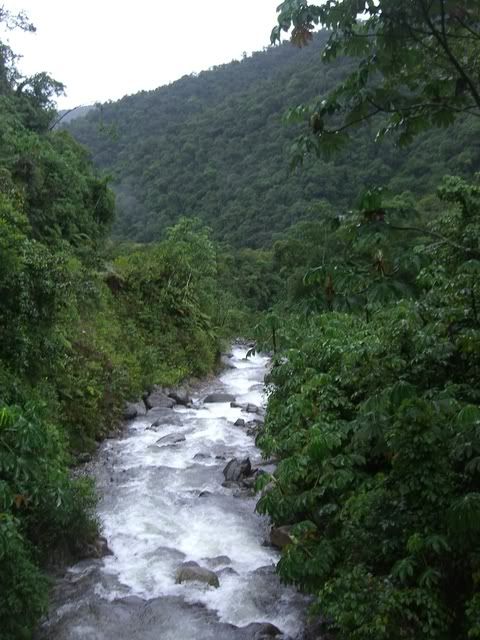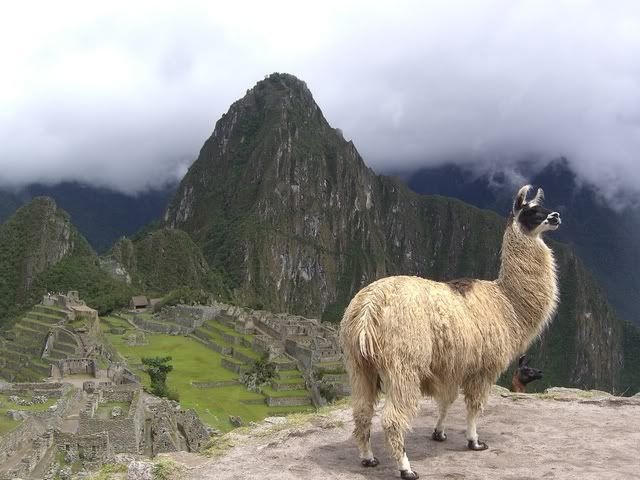Peru 13 – Santa Catalina Monastery
Sunday, January 27th, 2008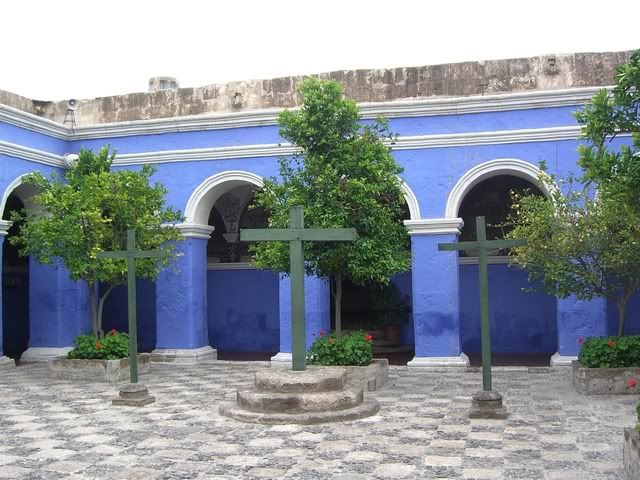
Perhaps the most important tourist attraction within the city of Arequipa itself is the very interesting Santa Catalina Monastery which covers several city blocks surrounded by a high wall. The Monasterio de Santa Catalina is a cloistered convent located in the center of Arequipa. It was built in 1580 and was enlarged in the 17th century. The over 20,000-square-meter monastery is predominantly of the Mudejar style, and is characterised by the vividly painted walls. There are approximately 20 nuns (aged 18 to 90) currently living in the northern corner of the complex; the rest of the monastery is open to the public.
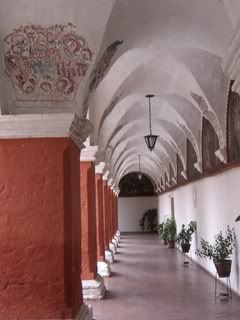
The founder of the monastery was a rich widow, Maria de Guzman. The tradition of the time indicated that the second son or daughter of a family would enter religious service, and the convent accepted only women from high-class Spanish families. Each nun at Santa Catalina had between one and four servants or slaves, and the nuns invited musicians to perform in the convent, gave parties and generally lived a lavish lifestyle that included luxurious English carpets, silk curtains, porcelain plates, damask tablecloths, silver cutlery, and lace sheets. Each family paid a dowry at their daughter’s entrance to the convent, and the dowry owed to gain the highest status, indicated by wearing a black veil, was 2,400 silver coins, equivalent to US$50,000 today. The nuns were also required to bring 25 listed items, including a statue, a painting, a lamp and clothes. The wealthiest nuns may have brought fine English china and silk curtains and rugs. Although it was possible for poorer nuns to enter the convent without paying a dowry, it can be seen from the cells that most of the nuns were very wealthy.

In 1871 Sister Josefa Cadena, a strict Dominican nun, was sent by Pope Pius IX to reform the monastery. She sent the rich dowries back to Europe, and freed all the servants and slaves, giving them the choice of remaining as nuns or leaving. In addition to the stories of outrageous wealth, there are tales of nuns becoming pregnant, and amazingly of the skeleton of a baby being discovered encased in a wall. This, in fact, did not happen in Santa Catalina, and there are rumours of the same story in the nearby Santa Rosa convent, as well.
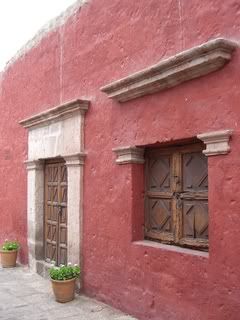
Â
Â
Â
Â
The convent once housed approximately 450 people (about a third of them nuns and the rest servants) in a cloistered community. It was opened to the public in 1970, when the nuns opened their doors to tourism to pay for the installation of electricity and running water, as required by law. The interior of the convent includes several streets and covered walkways, open-air plazas, living quarters with kitchens and laundry areas as well as a cemetery, church and confessionals. Since the convent is cloistered the women had almost no contact with the outside world and when needing to receive or exchange goods would do so via these revolving shelves to the outside and behind the screens below:
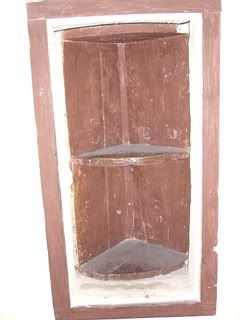

Also included is a picture of a typical cell for a nun living in Santa Catalina:
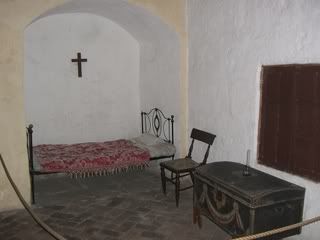

And a picture of a small portion of the communal kitchen area complete with traditional cooking tools.
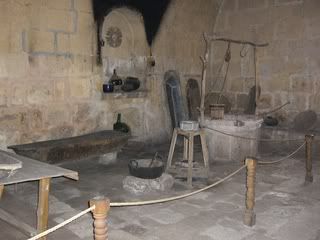
The kitchen
This is the former laundry area…a series of large earthenware tubs with running water from the city of Arequipa. The water is still running though the tubs have not been used in many years.
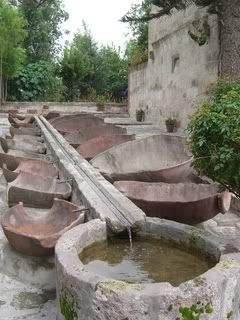
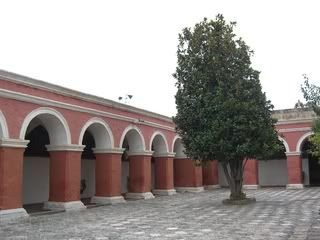
Since today is my last day at the orphanage I thought I’d give a little update on what’s been going on there:
- We got a newborn of 5 days old last week putting our infant count at a total of 3 and getting me permanently assigned to the baby room since they seem to think I can handle 2 or 3 at a time.Â
- One of the other volunteers, Kathy from Canada, collected donations from her family and friends at home and was able to purchase a new stove/oven for the orphanage as the before they were cooking for 20 people a day on 4 gas burners of questionable safety standards. In addition, they previously did not have an oven and were renting oven space from a neighbor for 5 soles (US$1.60) an hour.
- Emerson (baby of 4 months old) is getting adopted! We don’t know by who…Peruvians or foreigners but he should be getting new parents in the next couple of months. Congrats to Emerson and to Peru for not letting him languish in an orphanage until it’s too late.
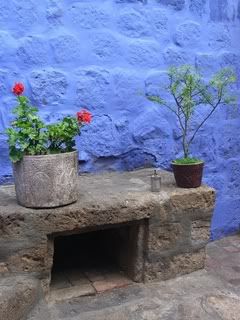
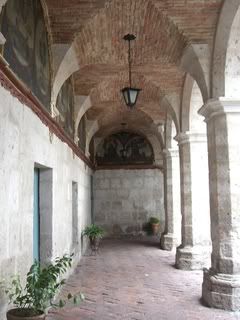
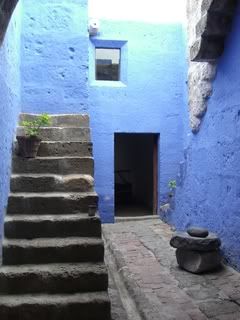
And with that…we here at the Extravaganza blog are signing off from Peru. It’s been a good 7 weeks or so but now we are off to bigger and better places..or rather longer and skinnier places…the oddly shaped country of Chile followed closely by Uruguay and Argentina where the Extravaganza will finally wrap up. Think of me in the next couple of days as I’m enduring a 30 hour bus ride to Santiago. Until then…  Â
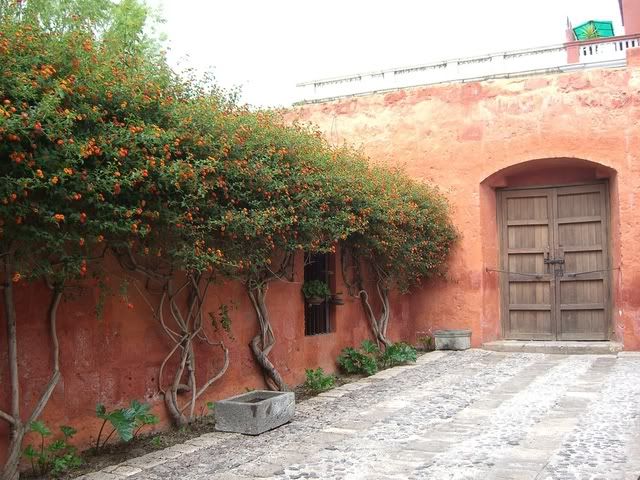

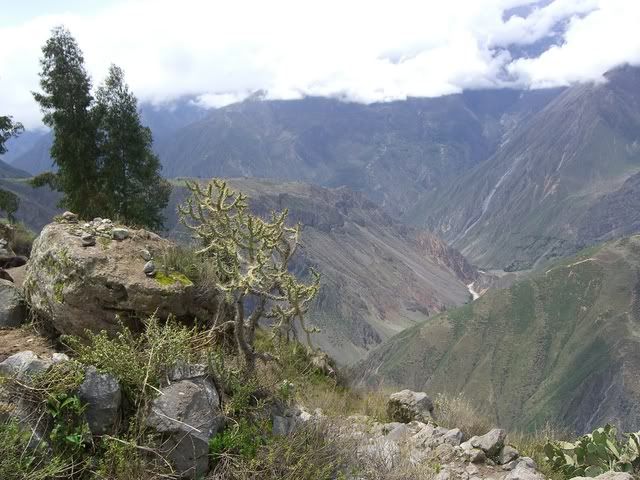

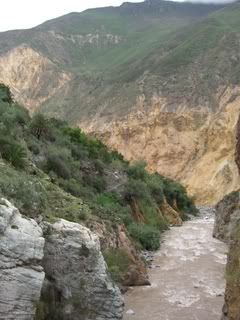


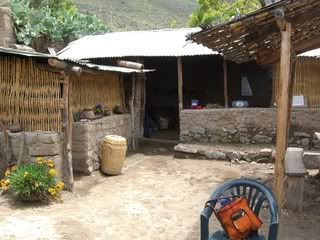



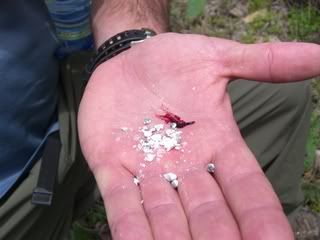
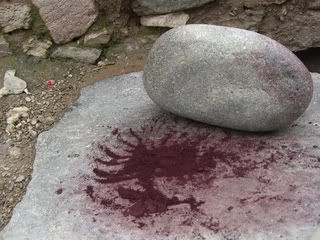

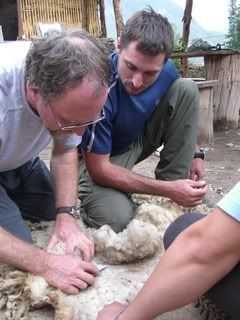
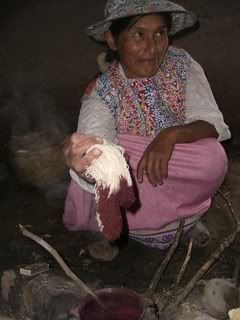
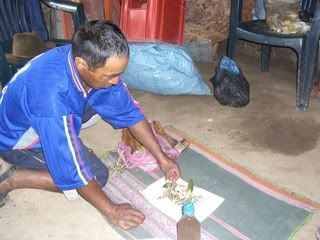
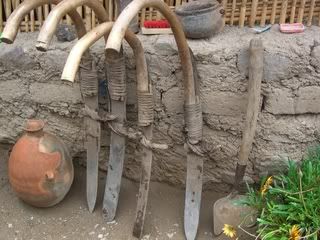
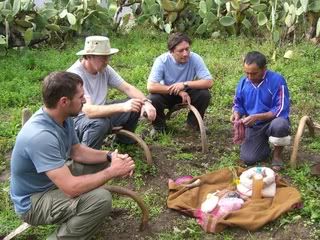
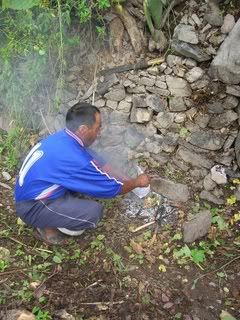
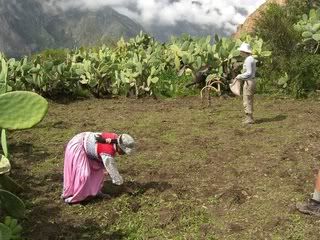
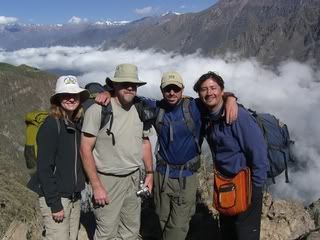
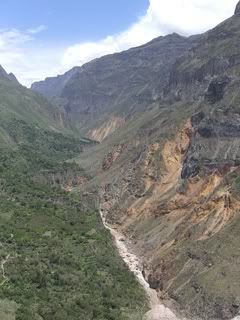
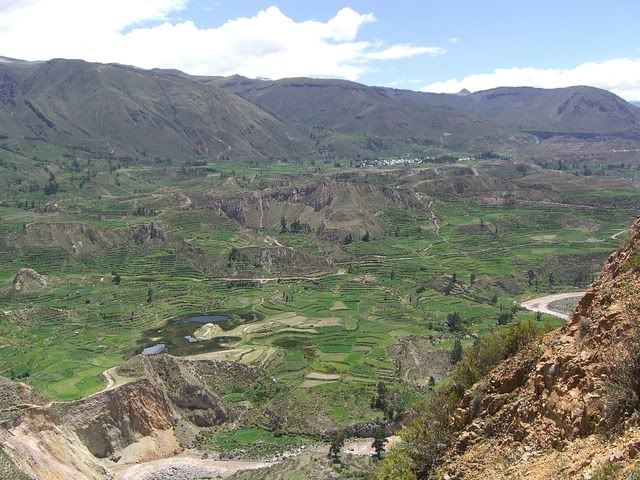
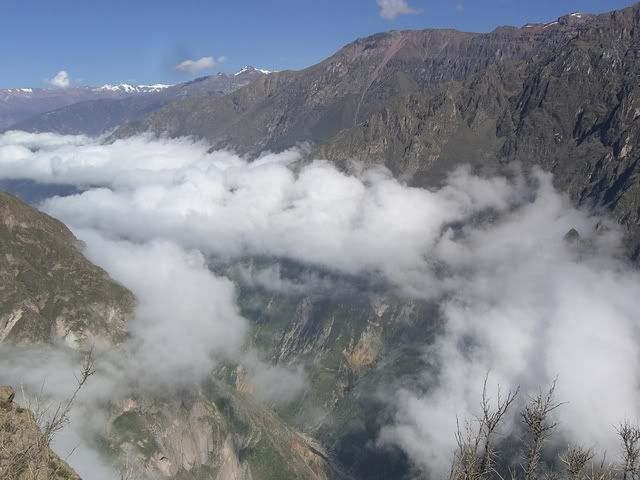
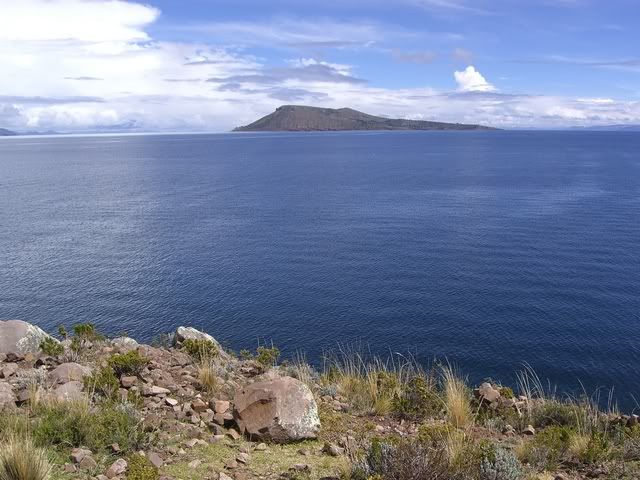
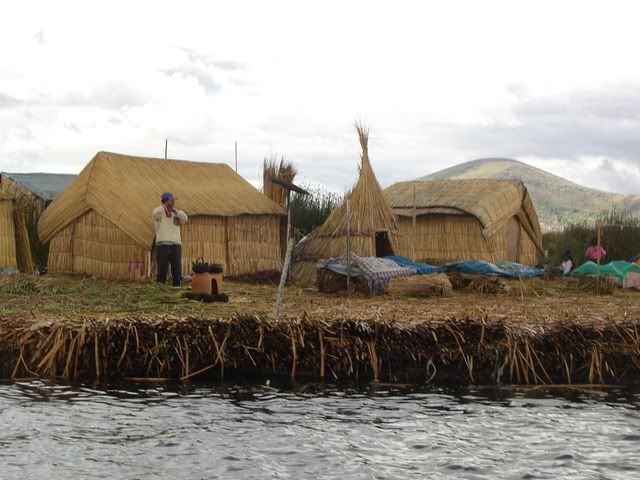

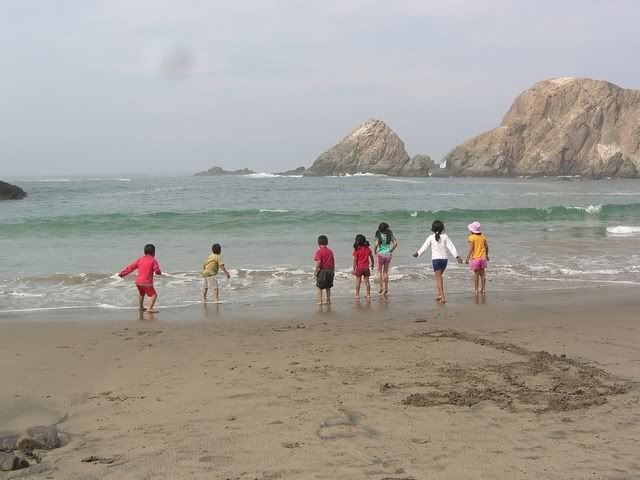
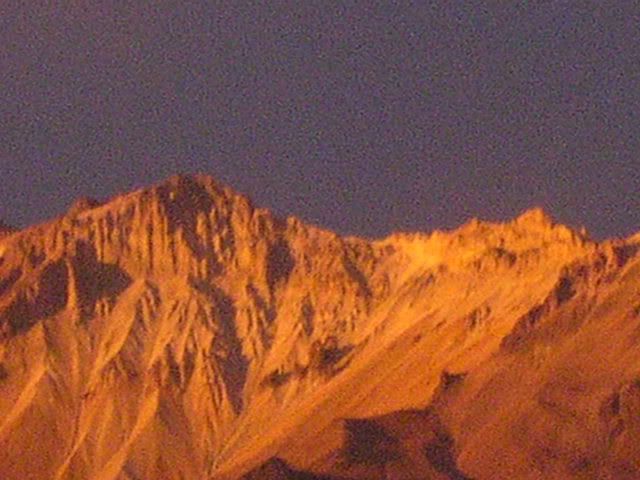

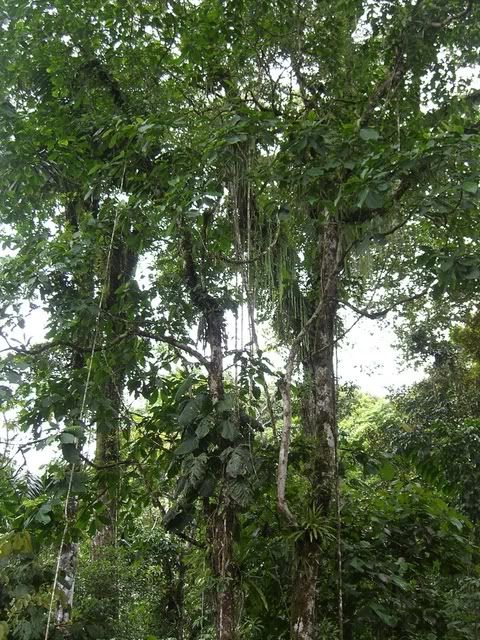
 [Continue reading this entry]
[Continue reading this entry] 